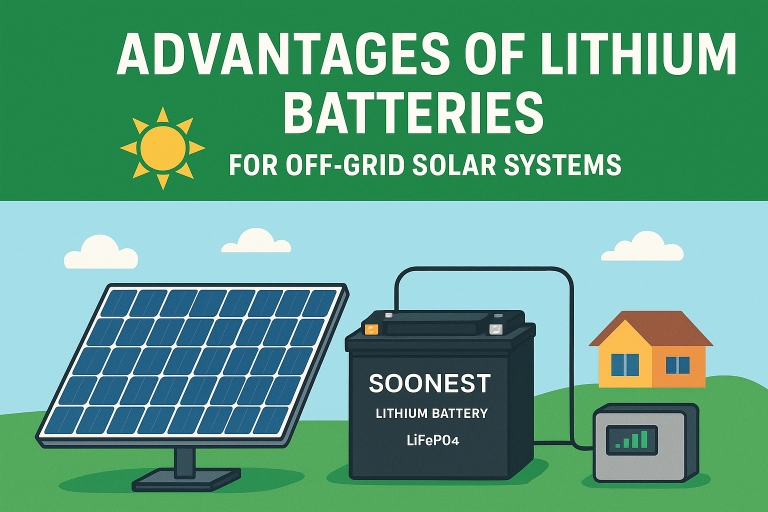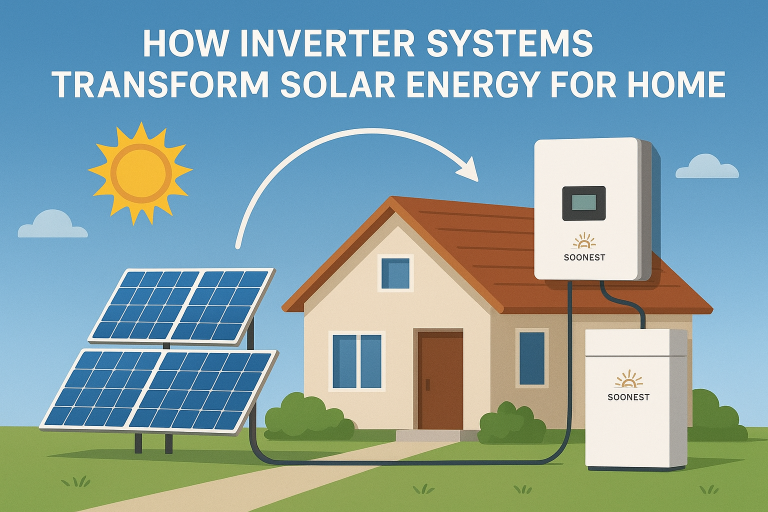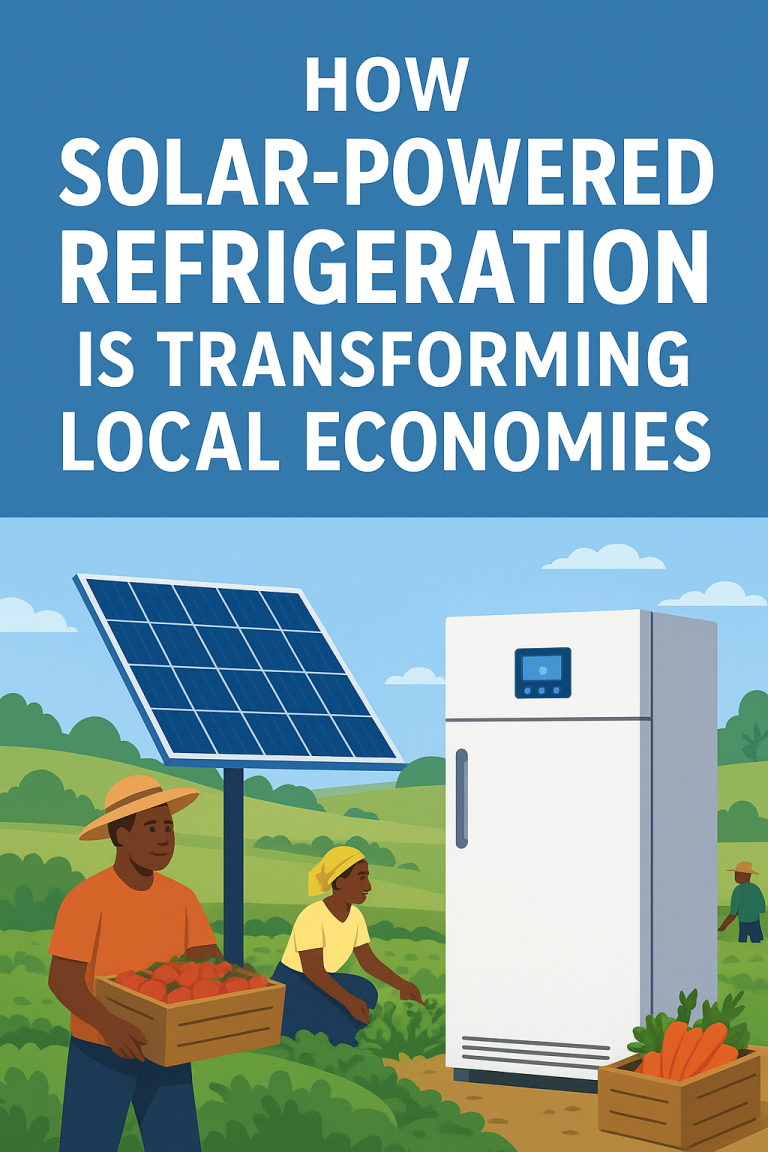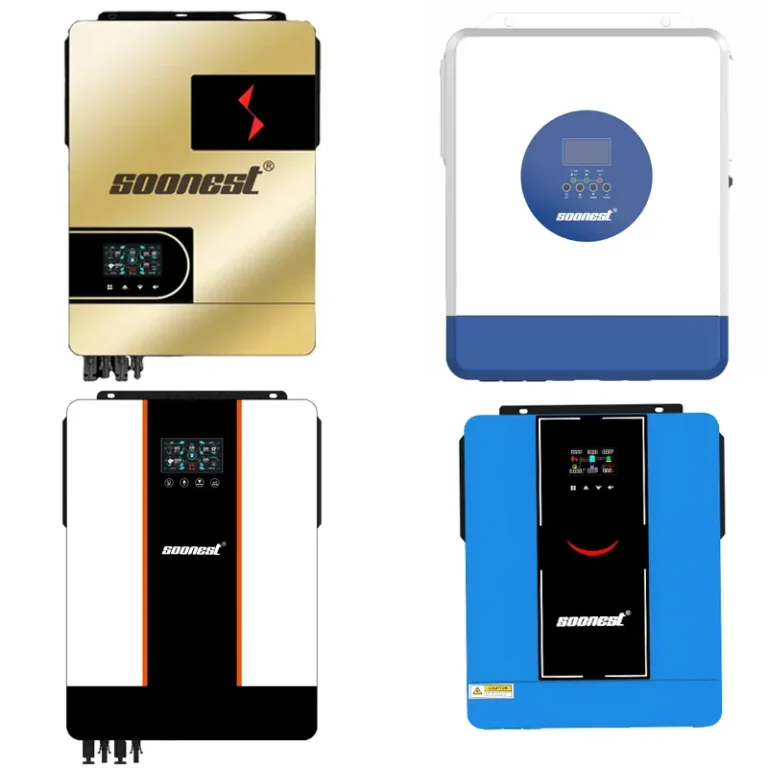Für Off-Grid-Solaranlagen sind Lithium-Eisenphosphat-Batterien (LiFePO4) eine gute Wahl. Sie sind sicher, halten eine super lange Zeit (über 6.000 Zyklen bei 80% Entladungstiefe) und packen viel Energie in einer kleinen Größe. Im Gegensatz zu alten Blei-Säure-Batterien benötigen sie keine Pflege, verarbeiten halbe Ladungen gut und nehmen weniger Platz in Anspruch. Jedes verfügt über ein eingebautes Battery Management System (BMS), um die Dinge sicher zu halten. Sie können wachsen von 5kWh bis 25kWh und reibungslos mit Hybrid-Wechselrichtern arbeiten. Diese Batterien sind perfekt für Häuser, Wohnmobile oder Telekommunikationsstationen. Sie bleiben bei heißem oder kaltem Wetter stark und sparen Ihnen im Laufe der Zeit Geld. Zertifizierungen wie UL1973 und UN38.3 zeigen, dass sie robust und zuverlässig sind. Coole neue Ideen wie IoT-Verbindungen und Solid-State-Teile weisen bald auf noch bessere Batterien hin.
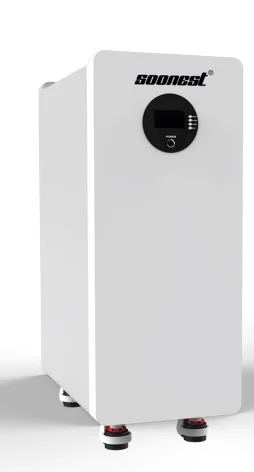
Was sind die wichtigsten Faktoren bei der Auswahl von Lithiumbatterien für Off-Grid-Solarsysteme?
Warum Speicherbedarf Off-Grid-Bedürfnisse entsprechen muss
Ihre Batteriebank ist der Kern eines Off-Grid-Solarsystems. Es muss genügend Strom halten, um Ihre Geräte laufen zu lassen, wenn die Sonne nicht ausgeht. Denken Sie an nachtliche oder bewölkte Tage. Außerdem muss es mit viel Laden und Entladen umgehen. Ob Sie eine Kabine beleuchten, einen Telekommunikationsturm betreiben oder ein Zuhause fern vom Netz versorgen, Sie brauchen Batterien, die stark bleiben und lange halten. Robuste Batterien halten Ihr System für Jahre ohne Ausfall.
Es ist schön zu wissen, dass Lithium-Eisen-Phosphat-Batterien auch in der Netzenergiespeicherung groß sind. Ihre Sicherheit und lange Lebensdauer machen sie für Systeme, die einen Haufen laden und entladen, großartig.
Warum Lithium-Eisenphosphat (LiFePO4) andere Arten schlägt
Unter Lithiumbatterien ist LiFePO4 der Champion. Es hält kühl, hält viel länger und ist sicherer als andere Typen wie NMC- oder LCO-Batterien. Die anderen können zu heiß werden oder schnell verschleißen, wenn sie hart gedrückt werden. LiFePO4 liefert eine konstante Leistung und verhindert gefährliche Überhitzung. Dies macht es genau richtig für Solarsysteme an Orten mit wechselndem Wetter.
Wie sich Entladungstiefe (DoD), Effizienz und Lebenszyklus auf die Leistung auswirken
Die Lebensdauer des Zyklus sagt Ihnen, wie lange eine Batterie dauert. Eine wirklich gute LiFePO4-Batterie kann über 6.000 Zyklen bei 80% dauern VerteidigungsministeriumDas sind eine ganze Menge Kosten! Das bedeutet, dass Sie es jahrelang verwenden können, ohne dass es verschleißt. Effiziente Batterien verschwenden nicht viel Energie beim Laden oder Entladen, was für Off-Grid-Systeme sehr wichtig ist. Und warum? Denn jedes Stück Strom ist wichtig, wenn Sie nicht an das Netz angeschlossen sind. Wenn Sie weniger Energie beim Laden verwenden, sparen Sie mehr für Ihre Lichter, Ihren Kühlschrank oder andere Dinge.
Wie Sicherheitsmerkmale bei rauem Wetter schützen
Off-grid-Systeme stehen oft unter superheißen oder kalten Bedingungen. Die Reparatur von Dingen kann an entfernten Stellen schwierig sein. Ein integriertes BMS überwacht die Temperatur, Spannung und Strom der Batterie. Es hört auf, zu viel zu überladen oder zu entleeren. Dies hält die Batterie sicher und funktioniert gut, unabhängig vom Wetter.
Warum sind Lithiumbatterien besser als Blei-Säure-Optionen?
Wie Gewicht und Energiedichte Platz sparen
Blei-Säure-Batterien sind groß und wiegen eine Tonne. Lithiumbatterien hingegen packen mehr Energie in eine kleinere Größe. Sie nehmen bis zu 50% weniger Platz für die gleiche Menge an Energie ein, was für Wohnmobile oder kleine Kabinen praktisch ist.
Warum keine Wartung im Laufe der Zeit Geld spart
Blei-Säure-Batterien benötigen Wasser hinzugefügt und spezielle Ladungen, um gesund zu bleiben. Lithiumbatterien sind versiegelt und brauchen keine Wartung. Sie kosten im Voraus mehr, aber sie halten länger. Dies bedeutet, dass Sie sie weniger ersetzen, was Ihnen am Ende Geld spart.
Wie Lithium Halb-Ladungen besser verarbeitet
Lithiumbatterien können auf halbem Weg geladen werden, ohne Stromverlust. Blei-Säure-Batterien mögen dies nicht und können verletzt werden, ein Problem, das Sulfation genannt wird. Lithium überspringt diesen „Speichereffekt“, was es für Off-Grid-Systeme großartig macht, bei denen eine volle Ladung nicht immer möglich ist.
Was macht diese Energiespeicherlösung hervorragend?
Kürzlich ist ein führender Name im Bereich erneuerbarer Energien. Sie konzentrieren sich auf die Herstellung großartiger Lithiumbatterielösungen für Solarsysteme. Ihre LiFePO4-Module sind für den Off-Grid-Einsatz von kleinen Häusern bis hin zu großen Unternehmensprojekten gebaut.
Was macht Soonest besonders? Jede Batterie verfügt über ein intelligentes BMS, das Probleme sofort erfasst. Es ermöglicht Ihnen auch, Dinge über CAN / RS485-Verbindungen aus der Ferne zu überprüfen. Ihr modulares Design bedeutet, dass Sie bei 5kWh beginnen und bis zu 25kWh hinzufügen können, wenn Ihr Energiebedarf wächst.
Wenn Sie eine Bergkabine oder ein Mikronetz betreiben, bietet Soonest hochwertige Technologie. Ihre Produkte verfügen über lange Garantien und erfüllen Standards wie UL1973 und UN38.3, was beweist, dass sie für lange Lebensdauer gemacht sind.
Welches Produkt sollten Sie für Ihr Off-Grid-Solarsystem wählen?
Warum das 48V 100Ah Modul ideal für kleine bis mittlere Setups ist
Das 48V 100Ah LiFePO4 Batteriemodul ist eine schöne Mischung aus Leistung und einfachem Tragen. Es hält eine konstante Spannung, auch wenn es fast leer ist, und funktioniert mit den meisten Hybrid-Wechselrichtern. Dies macht es perfekt für Heimdächer oder mobile Kraftwerke.
Sein leichtes Gewicht und starke Startleistung machen es ideal für den Betrieb von Solarwechselrichtern, um Ihr Zuhause mit Strom zu halten. Es wird in Off-Grid-Häusern, Wohnwagen, Notlichtern, Telekommunikationstürmen und sogar Bergbauleuchten an fernen Orten verwendet.
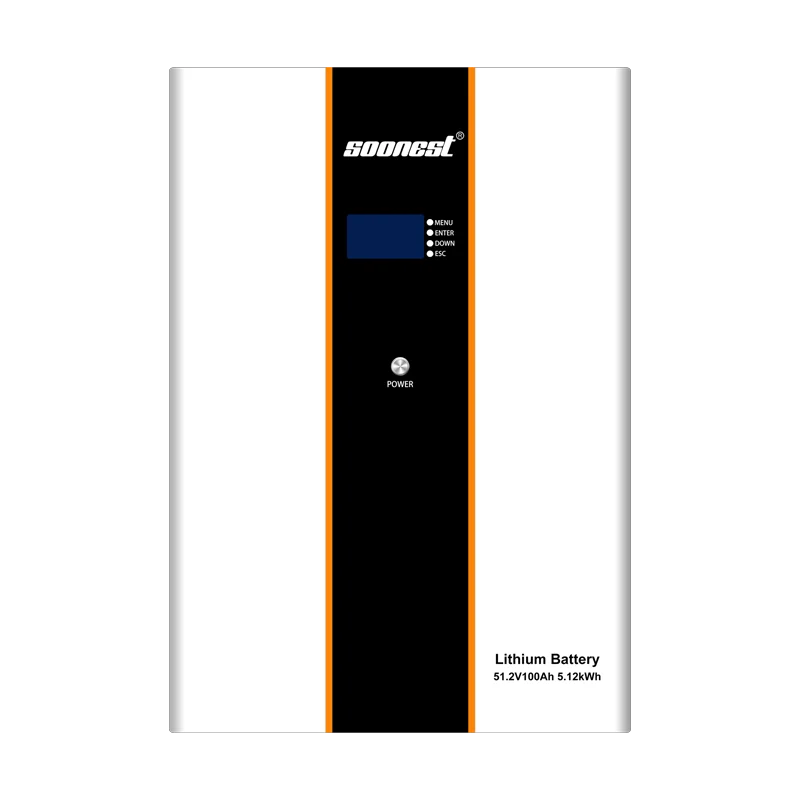
Wenn rackmontagte Hochkapazitätssysteme besser sind
Für größere Setups, wie Farmen oder Unternehmen, die täglich über 10 kWh verbrauchen, sind rackmontagte Systeme über 200Ah der richtige Weg. Sie können sie parallel anschließen, um später mehr Strom hinzuzufügen. Diese Flexibilität bedeutet, dass Sie Ihr System nicht neu erstellen müssen, wenn Ihre Bedürfnisse wachsen.
Wie funktionieren diese Batterien in realen Off-Grid-Umgebungen?
Was ist ihre Laststütze unter verschiedenen Bedingungen?
Diese Batterien sind gebaut, um alle Arten von Lasten ohne Spannungsverlust zu verarbeiten. Dies ist wichtig, wenn Kühlschranke, Pumpen oder Radios auf einmal betrieben werden. Ihre hohe Zykluszahl bedeutet, dass sie auch bei hohem Einsatz Jahr für Jahr weiterhin gut funktionieren.
Kann sie harte Temperaturen bewältigen?
Ja, das können sie sicher. Ob in superheißen Wüsten oder eisigen Bergen, diese Batterien bleiben effizient. Durch ihr starkes Zellendesign und die Wärmeregelung laufen sie bei jedem Wetter reibungslos.
Wie sollten Sie diese Batterien in ein effizientes Sonnensystem integrieren?
Was ist wichtig, wenn man Solarpaneele an die Batteriegröße anpasst?
Sie müssen eine Batteriebank wählen, basierend auf Ihrem täglichen Stromverbrauch, plus ein paar zusätzliche Speichertage. Größere Solarpanele helfen, die Batterien auch an bewölkten Tagen vollständig aufzuladen. Dies verhindert das Unterladen, was die Batterielebensdauer beeinträchtigen kann.
Warum die Wechselrichter-Batterie-Kommunikation wichtig ist
Ihr Wechselrichter und Ihr BMS müssen über CAN-Bus oder RS485-Verbindungen „sprechen“. Dies stellt sicher, dass die Ladegeschwindigkeit richtig ist und schützt vor zu viel Spannung. Echtzeit-Überwachung mit Wi-Fi oder Bluetooth hält die Dinge gut laufen.
Welche Monitoring-Tools stehen zur Verfügung?
Die besten Modelle kommen mit Bluetooth- oder Wi-Fi-Modulen. Diese ermöglichen es Ihnen, den Batteriestatus in einer Telefon-App zu überprüfen. Sie können Ladungsspiegel, Temperatur und Zykluszahl sehen. Die App sendet auch Benachrichtigungen, wenn etwas nicht stimmt.
Welche Zertifizierungen gewährleisten Produktzuverlässigkeit?
Alle Einheiten erfüllen globale Sicherheitsstandards, darunter:
- UL1973: Zeigt, dass sie für den stationären Gebrauch sicher sind
- 3: Stellen Sie sicher, dass sie sicher zu transportieren sind
- CE & RoHS: Erfüllt die europäischen Umweltvorschriften
Diese Zertifizierungen beweisen, dass die Batterien weltweit sicher und zuverlässig sind.
Sind die Lebenszykluskosten im Vergleich zu anderen Optionen wert?
Wie vergleicht sich der Upfront-Preis mit dem langfristigen Wert?
Lithiumbatterien Kosten zunächst mehr als Blei-Säure. Aber sie halten bis zu 10 Jahre, so dass Sie sie seltener ersetzen. Dies spart Ihnen im Laufe der Zeit Geld und macht sie zu einer klugen Wahl.
Sind die Garantiebedingungen gut?
Eine fünfjährige Garantie, unterstützt von Jahren solider Leistung, gibt Ihnen Seelenruhe. Guter Kundensupport behebt Probleme schnell und hält Ausfallzeiten niedrig.
Wohin geht die Batterietechnologie für den Off-Grid-Einsatz?
Welche Ideen kommen aus den Forschungslaboren?
Labore arbeiten an Feststoffelektrolyten, um Batterien noch sicherer zu machen. KI-basierte BMS-Systeme erkennen Probleme, bevor sie auftreten, und reduzieren Risiken. Lithium-Ionen-Batterien sind ein großes Geschäft in neuen Energielösungen auf der ganzen Welt.
Funktionieren diese Systeme mit Smart Grids?
Ja, das werden sie. Da IoT-Steuerungen immer häufiger werden, werden diese Batterien bald mit intelligenten Netzen verbunden. Sie werden den Stromverbrauch basierend auf Netzsignalen anpassen und Energiesysteme effizienter machen.
FAQ (häufig gestellte Fragen)
Q1: Kann ich diese Lithiumbatterien drinnen verwenden?
A: Ja, sie sind sicher für den Indoor-Gebrauch. Ihre versiegelte Konstruktion verhindert Leckagen oder schädliche Gase, dank ihres gelierten Elektrolyt- oder Feststoffbaus, je nach Modell.
Q2: Brauche ich spezielle Werkzeuge, um sie zu installieren?
A: Nein, nur normale elektrische Werkzeuge. Sie benötigen jedoch kompatible Hybrid-Wechselrichter, um die besten Ergebnisse zu erzielen.
Q3: Wie überprüfe ich den Zustand der Batterie aus der Ferne?
A: Die meisten Modelle verfügen über Bluetooth oder Wi-Fi. Mit einer intelligenten App können Sie Ladepunkte, Temperatur und Zyklen verfolgen. Es sendet auch Warnungen, wenn etwas nicht stimmt.

